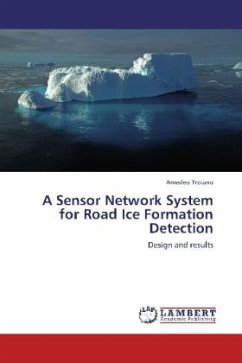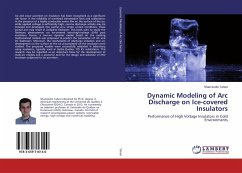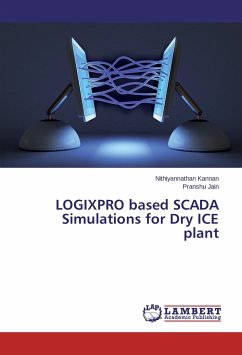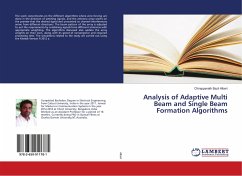The reliable detection of water and ice over road and runway surfaces is an important issue in improving traffic safety and reducing maintenance costs, especially during winter. A literature analysis showed that different ice detection systems were developed, based on different methods, but none of them seems to be efficient for the identication of water and ice on road surfaces. A low cost capacitive sensor for the estimation of road conditions was studied. In general, the capacitance value of an electrode assembly depends on the geometrical configuration and dimensions of the electrodes, and on the relative permittivity and thickness of the material placed in between. The relative permittivity, in turn, depends on temperature and measurement frequency. The sensor consists in a multi-frequencies capacitance measurement system for the estimation of the relative permittivity of the material placed over its surface, in order to recognize the presence of air, water, and ice. The sensor is suggested as feasible for applications in monitoring road or runway conditions to support information systems assuring security and efficient maintenance of streets or airports during winter.
Bitte wählen Sie Ihr Anliegen aus.
Rechnungen
Retourenschein anfordern
Bestellstatus
Storno








